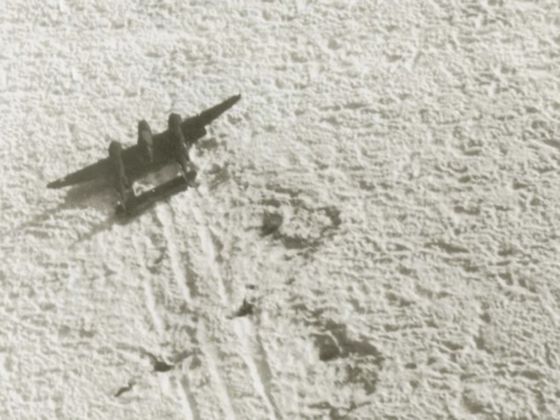A World War II plane — part of what’s known as “the Lost Squadron,” which crash landed on Greenland’s ice caps in 1942 — is lost no more.
On July 15, 1942, two B-17 bomber planes and six P-38 fighters left Greenland en route to Great Britain. The planes ran into thick cloud cover about 90 minutes into the flight, forcing them to turn back. Running low on fuel, the squadron prepared for an emergency landing on the ice caps below. All crew members survived the landing but were trapped on the remote glacier off Greenland’s Køge Bay. Nine days later, a special Air Force unit rescued the 25-man crew, but the planes were left on the glacier, eventually buried under 350 feet of ice.
